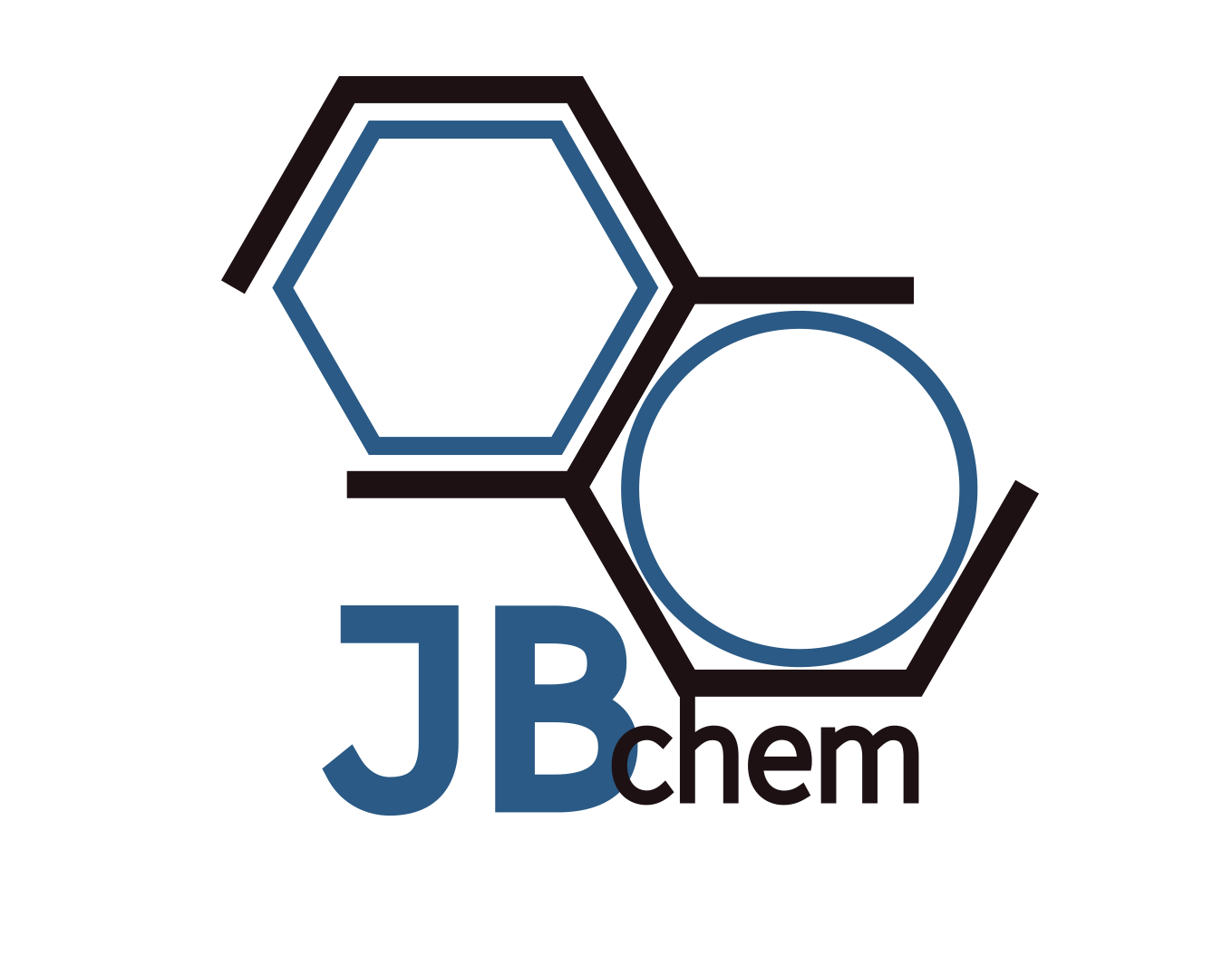Products
Er - Erbium
Er(NO3)3·xH2O erbium nitrate powder
Er2O3 erbium oxide nanopowder
ErCl3.xH2O erbium chloride powder
ErF3 erbium fluoride powder
Erbium (Er) is a chemical element that belongs to the lanthanide series of the periodic table, which is a subgroup of the rare earth elements.
Physical Characteristics
- Atomic Number: 68
- Appearance: Silvery-white metal that is soft and malleable
- Atomic Weight: 167.259
- Density: Approximately 9.066 g/cm³ at room temperature
- Melting Point: 1529°C (2784°F)
Erbium is relatively stable in air, but it oxidizes slowly and develops a pinkish tint when oxidized. It is fairly electropositive and reacts slowly with cold water and quite quickly with hot water to form erbium hydroxide.
Applications
- Fiber Optics: Erbium-doped fiber amplifiers (EDFAs) are widely used in fiber-optic communication systems. These amplifiers can amplify light signals without the need to convert them into electrical signals, enhancing the range and efficiency of fiber optic cables.
- Lasers: Erbium is used in lasers, particularly in Er:YAG (Erbium-doped Yttrium Aluminum Garnet) lasers. These lasers are used for medical applications, including dermatology and dentistry, due to their ability to interact precisely with biological tissues.
- Glass Coloring: Erbium can impart a pink color to glasses and ceramics when used as a dopant.
Compounds
- Erbium Oxide (Er2O3): This oxide has a pink color and is used in ceramic glazes and as a colorant for glasses. It’s also crucial in the manufacturing of erbium-doped fiber amplifiers.
- Erbium Chloride (ErCl3): This compound is used in the preparation of erbium metal and as a catalyst in chemical reactions.
- Erbium Fluoride (ErF3): Used in the production of optical fibers and lasers.
Basics on Erbium –Wikipedia

